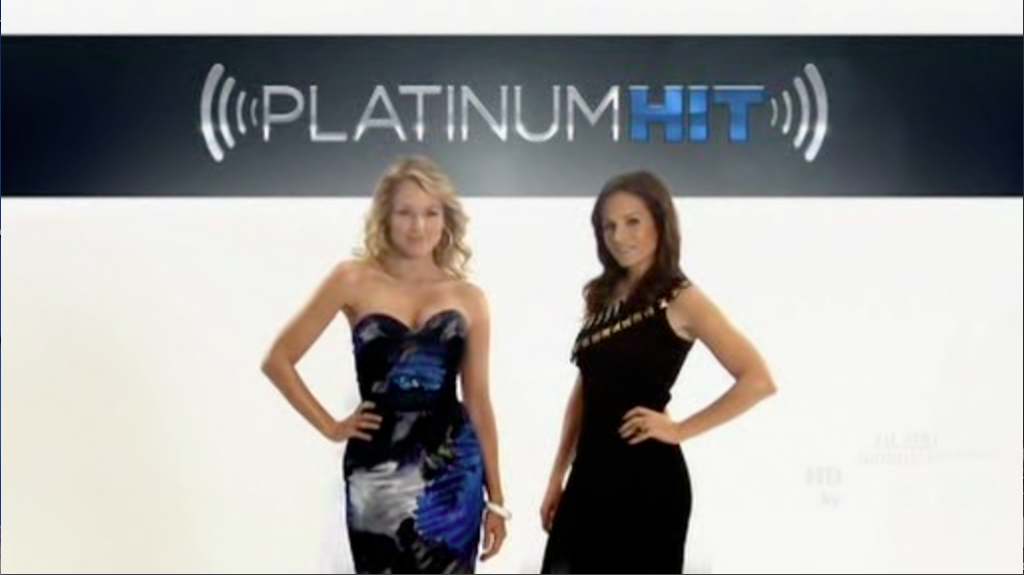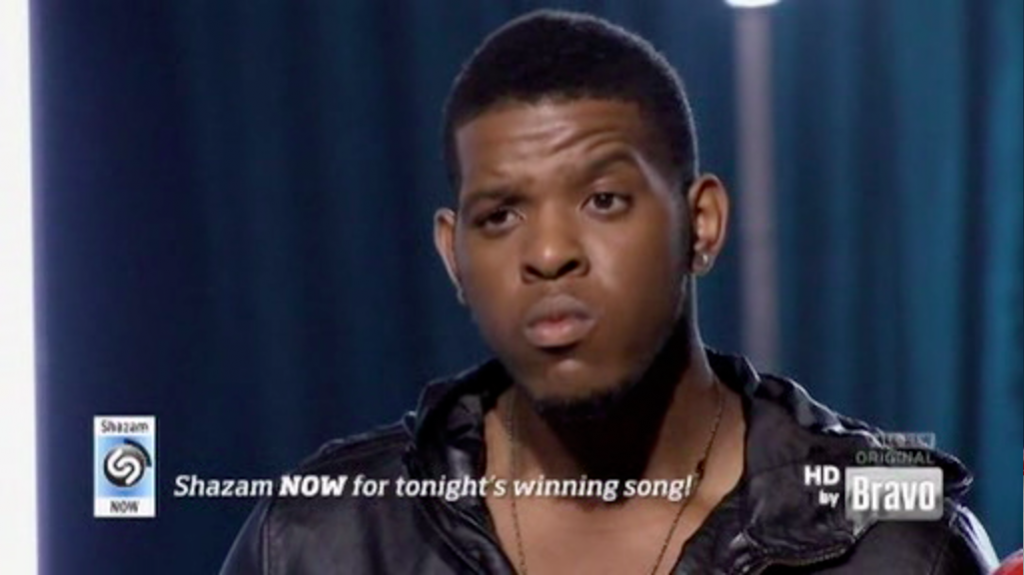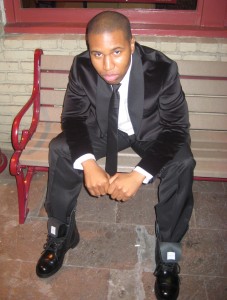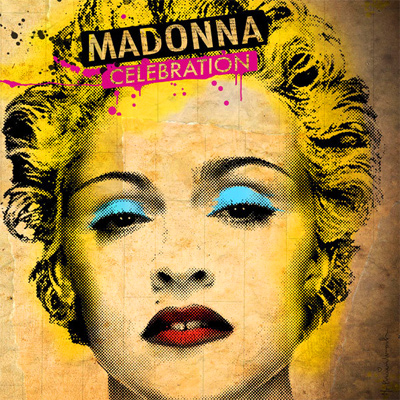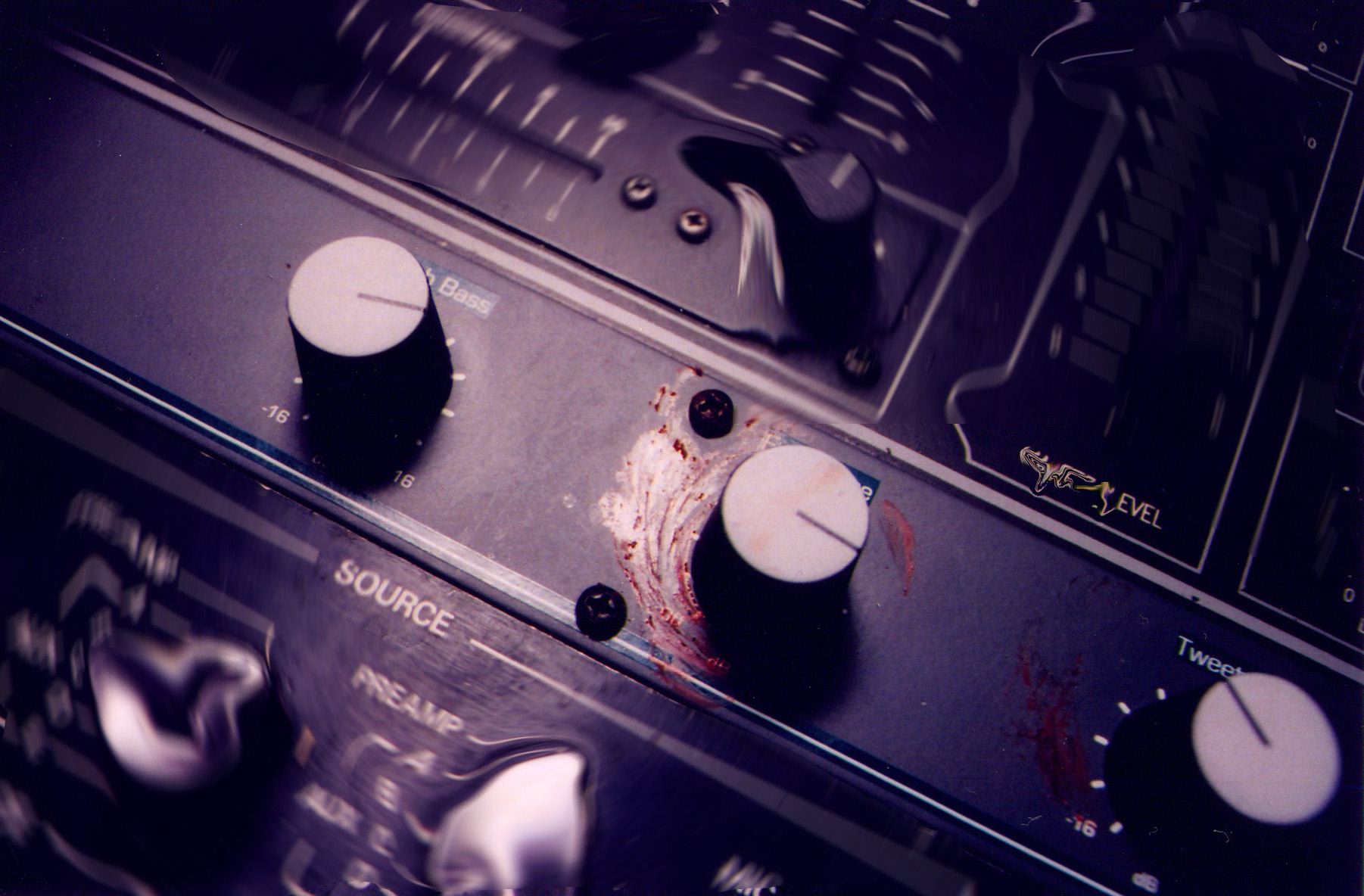Posts Tagged Britney Spears
Platinum Hit: Under The Hood Of The Music Industry
Posted by Gavin Bradley in Business, Creative, Labels, Publishing, Writing on August 3, 2011
I am LOVING this show. For all the wrong reasons.
I’m not a fan of the Idol franchise because it’s put in place a concrete, standardized checklist by which the general public believes singers should be judged. The idea, alone, that a vocalist should display versatility within a range of genres disqualifies the Billie Holidays and Neil Youngs of the world.
Before Idol, artists signed to labels existed in a reality parallel—but separate from—the rest of the world. Someone who ‘knew something about music’ had given the stamp of approval, pulled all the levers, and forevermore the glossy finish of album jackets and posters would seal that artist away, just out of fans’ reach. Talent was curated primarily by savvy executives like Clive Davis and Ahmet Ertegun, who certainly had a basic checklist for their signings (‘Can Sing,’ ‘Has A Look,’ ‘Has Presence Live.’) But, with a similar latitude that radio DJs had decades ago, one tastemaker’s gut instinct could play a large part in an artist’s destiny.
Today, with profits plunging and monster record labels merging to survive, indie labels have risen again to service niche markets while the majors pump out increasingly formulaic product. Those executives simply cannot afford to experiment, so clunky corporate procedure is de rigueur. I’m loving Bravo’s new reality series Platinum Hit because, perhaps for the first time, the curtain has been pulled back…the average music fan can get a relatively true-to-life view of the working parts inside the LA machine.
Appropriately, fallen singer-songwriter Jewel hosts. Her mis-step in 2003 with dance-pop single Intuition alienated her audience after her earthy image had been solidified with five ubiquitous alt-country radio singles. (We certainly saw under the hood of the industry for a moment there.)
The show is a competition in which 12 songwriters get thrown in rooms in various combinations to come up with hit songs…usually with a specific topic or genre, and sometimes for a specific artist. They work against the clock to deliver material to a panel of executives who then analyze the structure, melody, lyrics and chord changes to measure market potential.
This is exactly what goes on in Los Angeles.
I’m into this show because the corporate standardization of songwriting is in plain view. Heavyweight-songwriter-turned-reality-TV-judge Kara DioGuardi lobs constructive advice at the contestants, guiding them on how to get a green light from executives. Label-executive-turned-reality-TV-judge Keith Naftaly’s feedback often hinges on how well the song hits a market demographic. When in Episode 9 he told contestant Scotty Granger that he believes the lyrical content of his dance song is a little deep for high school kids, my eyes nearly rolled out of my head.
This is the type of ‘dumb-it-down’ thinking that permeates the industry. Scotty’s song was barely ‘deep’—in its narrative, we find out there’s just one day left on earth and everyone’s decided to dance all night. A bit dark, maybe, but hardly deep, and quite appropriate for the angst high school kids feel. Maybe this is why Britney Spears’ conceptually identical single ‘Until The World Ends,’ tore up the charts recently.
Regardless, kids, like anyone else, sense when they’re being talked down to, and this usually results in them finding a counter-culture that reflects their feelings more honestly. I remember a DJ friend pointing out to me that in the early 80s MTV was the only source for music videos, so all demographics were exposed to everything from Kate Bush to Run DMC. No one suffered from it. To the contrary, I believe it was a time of rich musical cross-pollination.
The last few episodes of Platinum Hit have gone slightly off the rails in the sense that contestants have clearly been eliminated not based on the quality of their songwriting but rather in order to maintain dramatic tension between characters: this still has to be entertaining TV. Nowhere was it more blatantly obvious than in shots of Granger’s own disbelief at having his song—which he had just described as unsuccessful—come in first at the end of an episode.
Artificially-imposed narrative aside, Platinum Hit is an interesting first glimpse into the world of beatmakers and topliners. The role of melodies, titles, song concepts, and chord changes is contextualized within the construction of a successful artist’s facade, giving some much-needed perspective on all that’s behind the front end of hit music.
The final episode of Season 1 airs this Friday August 5th.
This Guy’s Crazy
Posted by Gavin Bradley in Writing on January 4, 2010
In general I’m far more interested in hearing a singer-songwriter deliver their own lyric than hearing a performer sing something that was penned for them by an assembly line writer. By definition, I think a singer who chronicles their own thoughts and feelings can deliver authentic human experience more directly than one who acts out lines crafted by another person. So I cherish the work of auteurs like Stevie Wonder and Joni Mitchell, and I’ll take Alanis Morissette over Britney Spears and Mary J. Blige over Whitney Houston.
I can certainly leave a tradesperson like Diane Warren, who for many years was LA’s go-to writer for romantic schlock like Toni Braxton’s ‘Unbreak My Heart’ and Celine Dion’s ‘Because You Loved Me’. Warren claims never to have been in love, and she hates dating. In a way, her inexperience with love does show in the almost camp, overshot grandiosity of her lyrics. And while overshot sentiment sells because it gets its point across quickly and clearly, I just have a fundamental issue with pinning my own romantic yearnings to somebody’s calculated product.
But there are exceptions to my ban. One is the Motown assembly line of the 60s, in which Holland-Dozier-Holland wrote the most significant portion of the material for an entire stable of artists in Detroit. My theory there is that the momentum of the label’s fresh, exciting sound and the writers’ melodic gifts attracted every aspiring singer in the city…and then the universality of the lyrics allowed the singers to throw themselves into performances convincingly, as though the songs were confessionals from their own lives…similar to an artist choosing to record a cover version of someone else’s song because it has tremendous personal significance for them.
Another exception is New York’s Brill Building, which fostered a competitive atmosphere for songwriters, peaking in output in the late 50s and early 60s with Burt Bacharach, Neil Diamond, Carole King, Neil Sedaka and Phil Spector all hanging around, pushing each other to be greater songsmiths. Again: an almost magical kind of momentum seems to have been present.
Those I would call auteurs appear to discover the chorus of a song organically from a personal feeling or event they’re describing. In contrast, assembly-line writing often involves first searching for one original, evocative central concept (ie ‘You Make Me Feel Like A Natural Woman’ came out of the Brill Building for Aretha Franklin) that will serve as the chorus, and then fashioning the rest of the song outward from that…creating verses and bridges that will set up and support the story, always bringing us back to the point the chorus makes. Slightly cheaper than working from an original central concept, an unused pop culture catch-phrase will suffice as the chorus (Motown’s writers gave ‘You Beat Me To The Punch’ to Mary Wells). Today much top 40 rap is based around nabbing the most up-to-the-minute catch-phrases and creating a cool/dirty/funny track around that (see ‘Superman That Hoe‘ a/k/a ‘Crank That’ by Soulja Boy).
A few weeks ago Island/Def Jam artist Jenna Andrews played me a rough cut of her upcoming debut album. A gorgeous production featuring her instantly recognizable voice upfront, much of it was penned by the industry’s fastest-climbing new writer Claude Kelly. And I need to tell you…this guy’s crazy. Jenna described his pen-and-paperless process to me: he toplines (writes lyrics and melodies over instrumental tracks) by getting into the vocal booth, turning down the lights, balling up on the floor and having the engineer play the track on repeat for a while. He locks in to who he’s writing for and finds the sentiment. Then he gets up and writes at the mic, no doubt influenced by the freestyle process of many rappers…but he also mimics the voice of the person he’s writing for. He goes back and forth within the song as necessary, changing and filling in lines, taking about two hours to put down an entire song complete with background vocals.
Claude’s still in his 20s and he’s already written hits in several styles, including ‘Circus’ for Britney Spears, ‘Party In The U.S.A.’ for Miley Cyrus and Adam Lambert’s ‘For Your Entertainment.’ He’s written extensively for Akon and Toni Braxton, and for Whitney Houston’s comeback album. To understand the way he embodies the singer he’s writing for, check out the excellent ‘I Hate Love,’ a demo he recorded for Toni Braxton. The song’s unique central concept is the idea that someone could come to hate being in love because each day spent away from your lover is exceedingly painful. This oddly dark sentiment is somehow appropriate for her persona and his delivery is full of Braxtonisms. A quick search of his name on YouTube reveals an array of leaked demos of unreleased songs for a range of artists…judging by the sound of his delivery, some of them would seem to be for Akon, Whitney Houston, and Trey Songz.
We have modern-day net leakage to thank for this type of insight into a fascinating writing process. I hate to throw the phrase ‘bonafide genius’ around, but let’s say Claude Kelly is a talent to watch. It would be even more interesting to hear a Claude Kelly solo record, giving him the opportunity to step into the role of auteur…and to sing as himself.
Hard Cuts, Beat Mixing & Train Wrecking: The DJ As Performer
Posted by Gavin Bradley in DJing on May 21, 2009
It’s difficult for an audience in a club to know exactly what the DJ is manipulating at a given time and what’s already part of the track they’re playing. Too often I’ve heard someone on their way out of a club crying ‘the way that DJ remixed the new Britney was fiiierth!’ (or some variation) making it obvious that they believe DJs ‘remix’ songs on the spot, creating a new version of a song by laying an acapella over another track that they’re creating live. Nine times out of ten what’s happening is the DJ is simply playing a remix a producer slaved over in the studio for a few weeks…it’s just a remix that particular club-goer hadn’t heard before.
There are exceptions. Joe Claussell is a New York-based DJ who constantly manipulates the music he’s playing. He’ll often have a drum track looped while he twists a knob on his mixing desk in quick rhythmic stabs, teasing the crowd with chopped-up, filtered hints of a vocal track before bringing it in fully.
In Toronto, Deko-ze is a DJ I’ve watched keep four tracks running simultaneously, mixing and matching elements from all of them, looping a beat on a CD deck in front of him while reaching off the to side to nudge a record like a plate spinner sensing the need for a slight adjustment.
Some laptop DJs running Ableton Live are able to perform in a similar way because the software has the flexibility to loop a section of one track while the DJ chooses sections of other tracks to bring in, however the need to develop the physical skill of matching the speed of two tracks is eliminated because the software does it for them.
What the audience needs to understand is that a DJ spinning vinyl or CDs cannot separate individual parts of a track unless they’ve been supplied individually on a single or a bootleg. In other situations the best they can do is filter out the bass in a track to clear away some drums and expose the vocal a bit more, or filter out the treble to do the opposite. DJs that are acrobatic enough to have 2, 3 or 4 tracks spinning simultaneously are often layering drums on CD decks (they’re able load a perfectly looped section into memory), adding an acapella they obtained somewhere, and possibly adding musical elements from an instrumental mix of another track. It’s possible to go back and repeat a section of a vocal, or something relatively simple like that, but it’s difficult to apply rapid-fire effects to a vocal. Often you’re hearing something that’s on the acapella already, or the DJ has done some preparation of the track at home first.
What the great majority of DJs do is play one track after another, and the only time more than one element is being heard at the same time is while the DJ is fading from one track into the other, making use of the drums-only intros and outros tacked onto virtually every club track available today. Essentially, club tracks are designed like Lego blocks. The next one snaps onto the last one in most any configuration. It’s known as ‘Train Wrecking’ when a DJ messes up by letting two drum tracks get out of sync with each other while fading from one track to another…because, ostensibly, it sounds as messy as a train going off the tracks.
Club audiences have splintered into as many genres as house music has fractured into. And a DJ that only needs to play one genre, like dubstep or electro, doesn’t have to worry too much about the tracks they play being wildly different in tempo, rhythm or sonic range. Within this realm, the difference between a good DJ and a bad DJ is their taste in tracks, and their ability to read a crowd.
On the extreme side of DJ laziness is Israeli superstar DJ Offer Nissim, who is rumoured to put on a full-length CD created in the studio beforehand and pretend to mix all night from one track to another, collecting a $20k cheque at the end for showing up and ‘performing’!
In the early 90s, when turntables were the only sound source and DJs would begin a night with R&B and rap, progressing to house and eventually hard techno by the end of the night, the DJ had to work hard to learn what worked and what didn’t. Those turntables didn’t have as wide a pitch adjustment range as technology offers now, so beat-mixed music would have to change tempo incrementally over a few tracks.
Some all-but-lost creative mixing techniques include ‘braking’ (hitting the Stop button on the turntable to slow one track dead and then starting the next one, a technique used to start a set in a different tempo) and the ‘hard cut’ (where a DJ would surprise the crowd by cutting from one track directly into another). Hard cuts were sometimes necessary because tracks didn’t always begin with long drum intros…keyboard or acapella intros were acceptable on a 12″ version and this required the DJ to get a little creative.
One of my favourite creative mixes exists on a mixtape made by Toronto’s Patrick ‘D-Nice’ Hodge in 1992. It’s somewhere between a regular crossfade and a hard cut:
At 0:23 the piano riff that comes in is from the next record, ‘Back To Me’ by Ubiquity. This riff is in the same key as the previous record, and it works beautifully with the existing chord progression we’ve been listening to. At 0:31 he drops the first record entirely, as the beat comes in on the new record. The fact that he recognized these two records in his crate would work together in this way is one of those happy accidents that happen increasingly often the more attuned a DJ gets to his material. The second track coming in, by the way, is just slightly flat, because at that time in order to line up the tempo of two recordings, the original pitch of the recordings would slide around as necessary. That’s no longer an issue with CD decks and laptops.
I still don’t know what track Patrick was mixing out of here. If anyone can identify it, please hit me with an e-mail.
Continuing back in time to the mid-70s when DJs like Tom Moulton in New York discovered disco’s relentless ‘4-on-the-floor’ kick drum pattern, the concept of beat-matching two tracks while mixing from one to the other was born. It’s worth mentioning that at that time there were even greater physical challenges for the DJ. Most of these tracks were not recorded at a stable tempo, so the DJ was constantly adjusting the turntable to keep the beat aligned, especially if they were trying to keep two songs running together for more than a few seconds. DJ turntables with convenient pitch sliders and robust tonearms/needles hadn’t been developed yet and neither had 12″ singles with extended versions that had long drum breaks for mixing.
Moulton was reportedly the first DJ to make long versions of his favourite songs by editing them on reel to reel tape and bringing the machine to the club that night. Some of his re-edits were later released by the original labels. I also have it on good authority that at Studio 54, staples like ‘Come To Me’ by France Joli would be extended manually by the DJ by mixing back and forth between two copies of the same record. DJing was a highly physical act at the time, and within the technical limitations there was quite a bit of creativity going on.
